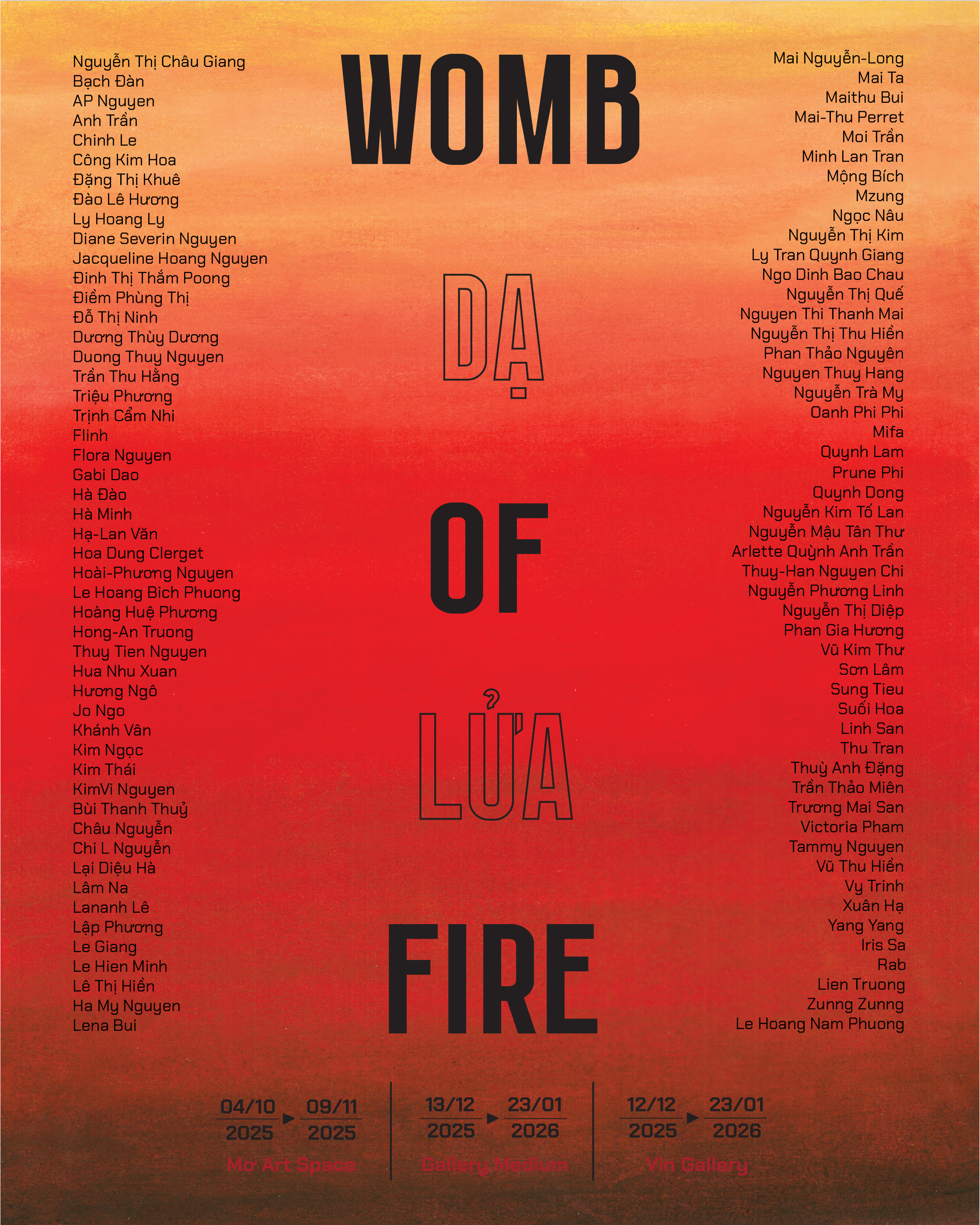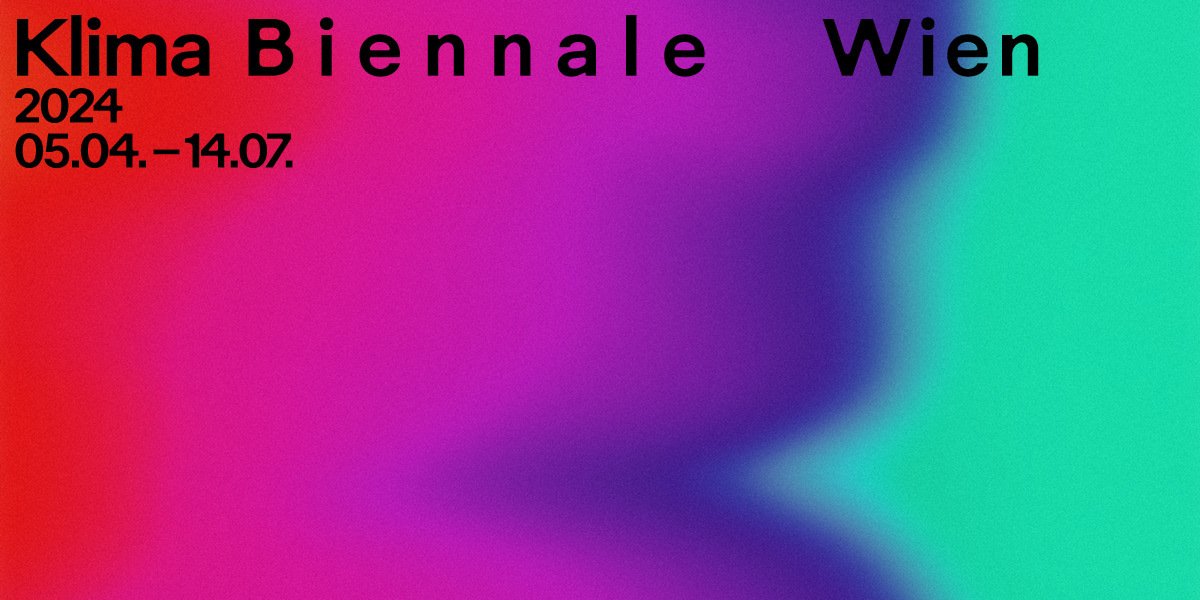The Trade-off for Prosperity…
The last thirty months refined my thoughts on the second Sharjah Architecture Triennial. The Beauty of Impermanence: An Architecture of Adaptability is a metaphor that draws attention to the built environment’s design and technological innovations visible in the global South—these solutions are borne out of conditions of scarcity that are working within the limitations of the natural resources available. In contrast, the last 400 years have seen the global North exercise an approach to scarcity, through cornucopianism, which stems from the optimism that our natural resources, though limited, can be extended infinitely. The global North, through land conquest, slavery, resource extraction, and technological advancement—all justified by mythological and religious beliefs [1] has encouraged the positioning that mankind has infinitely been ordained to multiply with dominion over all things. Even today, we still see remnants of exploitation through the brutal conflict and displacement of communities by conquering powers that be.
A global pandemic, wars, and the constant threat of environmental disasters mark our current time. In addition, the impact of industrialisation has expanded all our desires and refinements. The end of WW2 marked a historical transition, where the free market replaced the colonial models of extraction and expansion. The culture of consumerism, the result of the free-market, and with it, voluntary exchange, promises a more equitable prosperity for all but remains routed in the geosocial boundaries of the previous era. This organising system further refines the divide and continues inequalities between the regions.
Our era, indeed, is marked by an improved standard of living and life expectancy; however, that prosperity could be short-lived with the looming challenge of climate change, ensuing from a broken contract between humanity and ecology. This reality and fragility are painfully apparent, especially in the Global South, where the systems, innovations, and structures formed by imperial and industrial powers, through exploitation and extraction of natural resources, skewed development away from the South’s direct benefit. The Beauty of Impermanence is a collective effort to shift this narrative and explore the built environment, embracing the under-celebrated traditions of the region to comprehend a more sustainable, more accessible, and more equitable future.
Sharjah is an incredible venue to explore these ideas. The emirate intentionally pushes the discourse of critical thinking through its many programmes supporting education, the arts, culture, and heritage initiatives that amplify current and past histories. The old city’s Souk district has been restored to itspre-1960s condition, celebrating the typology of buildings adapting to the extreme climate, while highlighting the important relationship of pedestrians to the street, in stark contrast to the automobile-designed megacities of the region. Sharjah is also in the foreground of preserving its modern historic buildings, ensuring that the landmarks and spaces of communal and daily practice are preserved to continue toinform innovative thinking and inspire unconventional ideas in the present day. The Triennial’s main sites—the Al-Qasimiyah School and Al Jubail Vegetable Market are both modern historic buildings that havebeen preserved and adapted, giving us a glimpse into an important period in the UAE’s history.
Sharjah’s socio-economic positioning has also played an important role in localising our interventions. As we ideate the importance of indigenous practices and design, in contrast to globalised technology that affords us to detach from the material language of our locality, we find ourselves questioning what it means to be local. Through knowledge exchange, the Triennial has encouraged exploring this specificity and a locality through these material, socio-economic, and geographic perspectives. Sharjah will play backdrop and actor for the exhibition, allowing participants to create a point of exchange and transpose ideas through site-specific interventions.
As this exhibition has evolved, we have categorised the practices into three overlapping strands:
1. Renewed Contextual showcases responses in the built environment that pay homage to the pre-industrialised society better in balance with the natural world. These groups of practitioners and artists rethink tradition, holistically engage with the concept of upcycling and recycling, champion the reuse of materials, and posit gentler versions of modernity. These solutions tend to manifest with strong visual markers, as the building’s materiality is dependent on its location, and its locality is equally dependent on its materiality. That is to say, context is determined by tectonics, coupled and composed through social norms and daily practice, and this coupling, in turn, produces an aesthetic language based on the context and contextuality of place.
2. Extraction Politics demonstrates responses to the often-tense relationship between our organising structures, economics and ecology. Here, participants document, record, and respond to the extractive processes that underpin design. The economics of city development, the free market that encourages the movement of goods for profit, and modern society’s consumerism - have all resulted in excessive waste production and encroached detrimentally on our natural environment.The results of these encroachments will form the basis of this group of participants' exhibits as we showcase creative solutions that are synonymous with the ideology of replenishment and renewal and highlight the importance of responsible balance.
3. Intangible Bodies celebrates the ephemeral nature of civilisation’s interaction with the natural environment. Here, participants draw from spirituality, empathy and care, decoloniality, civic status, and futurism to engage in acts of world-building and respond to the pressing concerns of our present, sometimes blurring the lines between the intangible and the material. This strand is focused on the interstitial in our urbanism; participants draw poetic narratives with substantive, actionable responses towards a suggestive and constructive utopian ideal. They navigate the architecture of ephemeralstructures that manifest through socio-political and economic constructs in our cities and draw inspiration from our compelling relationship with ground conditions and the association we place on it regarding progress and prosperity.
Architects, Designers, Artists, and Thought-leaders from around the world whose practice resonates with the conditions of the global South have a unique and emergedduality of perspective on this subject matter. Well-positioned by my curatorial Advisory board, I gained access to locations and perspectives that geographies and language would have made considerably challenging. Joined by a mix of 29 emerging and established practitioners, we have a regional makeup of 32% from sub-Saharan Africa, 12% from the Middle East, 12% across South America, with the rest equally dispersed across Europe, North America, and South East Asia. In addition, we have an equitable balance between genders.
As we tackle this topic of responsibility to create a balance between our humanity and ecology, we are also conscious of the task instilled in us to impact mindsets with this exhibition. Post-pandemic, austerity has become the norm across both regions, which is a stark reminder of how interconnected and reliant we all are on the global system. Much of our current education and practice involves designing with the illusion of surplus without the consciousness that we operate in finite conditions. Circularity and regeneration must urgently become normalised constraints in our approach to education and practice to bring about systemic change.
As Architects, we are well-positioned to champion an alternate trajectory with solutions for human and ecologically-centred narratives for the future. For example, exhibitions are natural propagators of waste production by the nature of their itinerant construct. We have aimed as much as possible to mitigate this. Although not carbon neutral, we have encouraged participants to consider and execute their showcases with a no-waste mindset. We have done this by local sourcing, utilising virgin materials with a clear, actionable plan for a second life after the exhibition, and using materials initially considered waste.
Our exhibition design is focused on the repurposing of building materials. By forming relationships with Sharjah’s industrial area, we have been able to lease materials for use in the exhibition that will be returned afterwards. This shift in mindset has also been utilised in the SAT 02’s merchandise. Our tote bags and buckets hats, designed in Sharjah, are made exclusively from recycled denim jeans responsibly sourced in Uganda. When the Foundation commissioned this progressively climate-responsible initiatives, none of us could have imagined the fascinating and frustrating process that would ensue in the acquiring and processing of resources in this manner. The complexity of what conceptually appears to be quite simple is far from a homogeneous process and requires a sophisticated series of actions to execute. What this did bring to the foreground is that intentionality alone is not enough and that the scaling of such initiatives in themselves must be understood to execute.
The second Sharjah Architecture Triennial is intended as a refreshingly focused architecture and design exhibition, showcasing solutions that have been with us for generations, as well as solutions that are an immediate and measured response to our current constraints with the essential nuanced hybridity urgently required in our urbanised world. ‘Field Notes on Scarcity’ is a conceptual publication as part of the exhibition. This publication was conceived as a snapshot of the field response to this Triennial theme through the prompt What has been an impactful and effective response to Scarcity? The result is anoverview of 59 voices engaging with these ideas in myriad ways across their larger practices.
What lessons can be learnt from these autonomous self-organising systems that work within the limitations of the natural resources available? Can these systems be scaled to address our densification and curb carbonisation, in effect, planetary scarcity? We must look at how the regions of the global south have dealt with the limitation of resources as a suggestion to combat our planet's natural capacity to neutralise pollution, which is becoming dangerously unattainable. What is wrong with our current value system? Why does our acknowledgement of progress negate the passive and natural occurring - for example, our preference for clinically hard surfaces as opposed to the natural ground or our obsession with air conditioning and plastic? When these notions of progress are scaled, they significantly harm our natural environment.
The cornucopian model is now unattainable; the Industrial Revolution and subsequent Great Acceleration have propelled us all into an unnatural run on our natural resources and direct conflict with ecology balance. It is essential to press that we must move beyond the acknowledgement of a wrong or an apology for the past from the north to the south, but a collective and constructive resolve for systemic change for the future. This exhibition does not aim to dictate solutions but serves as a convergence to re-think optimistically our approach in the hope that history will judge us kindly.
[1] The Bible, Genesis 1 vs 26-31 - And God blessed them, and God said unto them, Be fruitful, and multiply, andreplenish the earth, and subdue it: and have dominion over the fish of the sea, and over the fowl of the air, and overevery living thing that moveth upon the earth.
https://2023.sharjaharchitecture.org/



















